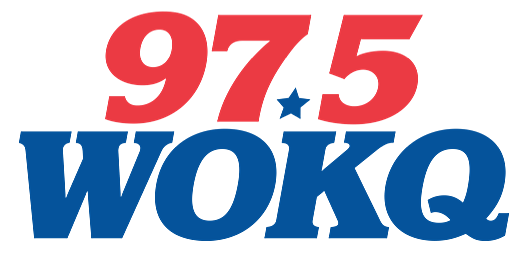
How To Take Care of Your Chimney
Q: How often should I have my chimney cleaned?
According to the National Fire Protection Association Standard 211, "Chimneys, fireplaces, and vents shall be inspected at least once a year for soundness, freedom from deposits, and correct clearances. Cleaning, maintenance, and repairs shall be done if necessary." This is because every chimney, appliance, and homeowner is different. No two households burn the same way. Even if you rarely use your chimney, it should still be inspected by a certified professional to ensure no issues have appeared, such as: masonry deterioration, water damage, flashing damage, bird nests inside the flue, and many other possible concerns.
Q: What is creosote?
Creosote is the natural byproduct of burning wood. It is most commonly referred to as soot. It is mostly black, and can be powdery, flaky or tar-like in appearance. Creosote is formed by three factors, flue temperature, smoke density, and how long the smoke stays in the flue. Generally, a smoldering, smoky fire, with a poor draft will produce more creosote.
Q: Why do I need a chimney cap?
There are many reasons to install a cap on your chimney. The two most important are water and animals. Installing a single-flue cap will keep all rain, sleet, and snow out of your flue, as well as any critters that may want to nest inside. Installing a multi-flue cap that covers the entire top of your chimney will do the same, but also keep the water and snow from hitting the chimney top directly and causing masonry damage.
Q: Why would I need to have my chimney relined?
During every cleaning and inspection, the condition of the flue is examined for deterioration and damage. If the flue has become shifted, cracked, or otherwise damaged, a relining is required. Essentially, a stainless steel tube is inserted into the existing flue and connected to your appliance, therefore bypassing any cracks or gaps, and giving you a brand new flue, encased by the old one! Every liner we install comes with a lifetime warranty!
More From 97.5 WOKQ








